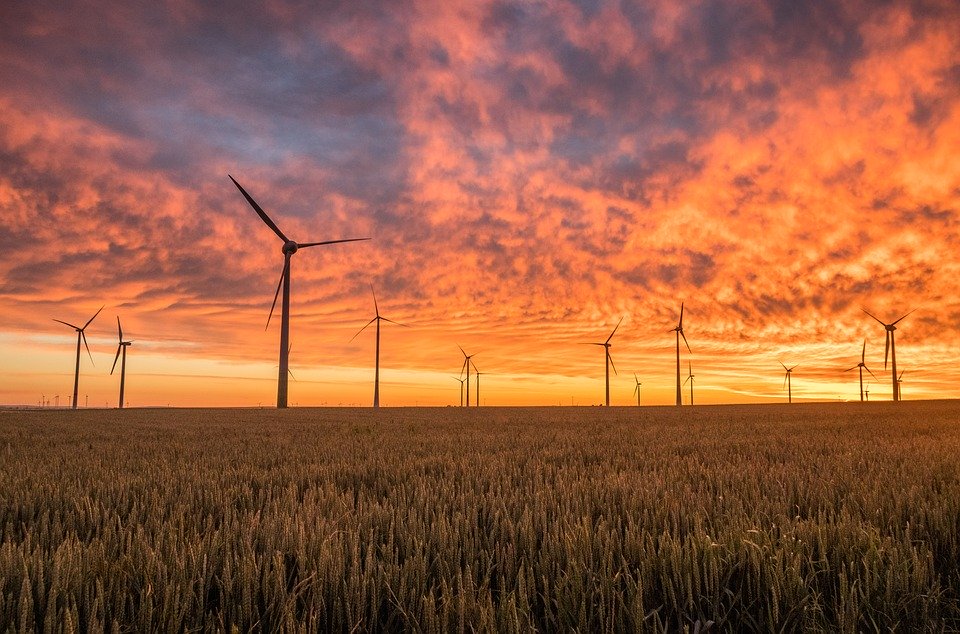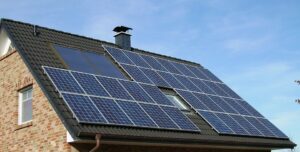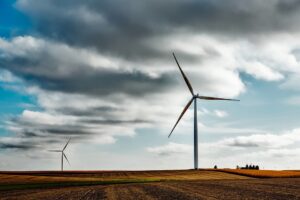When the term ‘off the grid’ was first used in 1978, it meant not being connected to the electrical grid. Today, though the meaning of the phrase has expanded, not being connected to the electrical grid is still one of the most fundamental aspects of living independently and sustainably. Hence, the first step in living off the grid is ensuring you have some alternative energy sources.
Alternative, renewable energy options rely on deriving energy from the elements, i.e., the Sun, wind, water, and earth. Further, there is the need for storing energy for rainy days, and to have other reliable backup options in case sufficient energy cannot be generated for whatever reason.
Let us first explore different types of off the grid power sources.
1. Solar Energy
As a renewable energy source, solar power is quite famous and used all over. Some people use solar energy to meet all of their energy needs in an off-the-grid lifestyle, while others make use of solar power to reduce their utility bills, while still being connected to the grid. In any case, solar energy is an excellent way to produce electricity for everyday activities if you live in an area where there are abundant sunlight hours.
To use energy from the sun, you will need to buy and install solar panels, batteries, and an inverter. You might buy solar tiles in place of solar panels, for the sake of aesthetics. Solar panels/tiles usually need a sufficiently large area for installation or need to be high efficiency if the roof area is small.
Solar panels work by capturing sunlight and converting it into electrical energy. They require little maintenance but can be costly to install. The return on the investment in solar panels could take several decades.
Other ways of harnessing the sun’s energy include using solar water heaters and solar cookers.
2. Wind Energy
Another great way of harnessing energy is by using the wind’s power through a wind turbine. Wind turbines may be horizontal-axis types or vertical-axis types. Energy is produced when wind rotates the turbines’ blades and spins the rotator that powers the generator. Small, 100-kilowatt turbines can be used for residential areas.
However, the drawback of wind turbines is that wind is not always dependable, and so it is necessary to have some other way of generating energy when there is no wind. Further, wind turbines should only be installed in those areas which meet the average wind speed requirements. It would help if you got in touch with your local weather service to find out this information.
Wind turbines can be expensive to install, yet you can gain back your initial investments in less than a decade. Since the turbine has moving parts, it will require a little maintenance from time to time.
3. Hydropower
The third source of power is hydropower. Much like the wind energy, this is derived by rotating the turbine’s blades by water. Hydropower systems consist of various elements. First, the flow of water is blocked by a barrier (dam). The resulting controlled outpour of water falls down on the blades of the water turbine and rotates it to generate mechanical energy, which is converted into electrical energy by a generator.
Hydropower systems can be big enough to produce enough electricity for entire cities, and so small that they produce enough electricity for one home only.
Out of all alternative energy options, hydropower systems are the most effective ones. This is because they run twenty-four hours a day, seven days a week, providing energy consistently. However, only people with homes right next to a stream can access energy derived from water. Also, running water should be able to create a certain magnitude of force for a hydro system to work.
4. Geothermal Power
Another reliable and sustainable source of energy is geothermal energy. Much like hydropower, it is accessible 24 hours a day and seven days a week. Geothermal energy is obtained by tapping into the earth’s reservoir through a geothermal heat pump.
Below the earth’s frost line, the temperature stands at 50 degrees Fahrenheit. Pipes are installed in the earth, and water is circulated through them. When this water comes to the geothermal unit in the house, it is used to either heat or cool the room by circulating it through the ducts in the home. Thus, the ground is used as a heat sink in the summer and a heat source in the winter.
Geothermal heat pumps can be incorporated into your existing HVAC systems and can also be installed via a new build project. The drawback of geothermal systems is that they have a substantial installation cost, which might pay off in the long run.
Which energy source is the best?
Deciding on a power source for your home should take into account factors like availability and affordability. You might not be able to install a geothermal system because of how expensive it is or be unable to use hydropower because there is no stream close by where you live. If you have to choose between solar and wind energy, weather conditions where you live will help you make a practical decision. It is also possible to install both solar panels and wind turbines so as not to be dependent on a single energy source.
Energy Conservation
When you make your electricity using natural elements, you will need to save some of the energy for when the conditions requisite for generating electricity are absent. For this purpose, you should have a battery bank that you maintain on the site. When you use solar and wind energy, the batteries will store excess power for nights and days without sun or wind.
Backup Plan
When you are no longer connected to the grid and produce your electricity using the natural elements, it is necessary to have a backup plan. It is possible that you get days without sun or wind so that your batteries are also depleted, and power runs out. To ensure the optimal running of the household, you can use a generator to provide electricity to your house. Though a generator runs on fuel, which is not a renewable energy source, it can be a lifesaver at times of energy shortages.
Costs and Incentives
As you might have begun to realize at this point, most alternative renewable energy options have large initial installation costs, which makes it difficult for individuals to make the shift from traditional energy sources to renewable energy sources. However, to encourage the use of environment-friendly energy resources, governments provide tax incentives to individuals who want to go green. Depending on where you live, you can avail of 12 to 30 percent tax incentives. Check-in with your local government to see what incentive they offer.
Conclusion
To conclude, set up a power source that makes use of readily available natural resources and is affordable. Make use of the incentives offered by the government, buy batteries, and have a backup ready.



